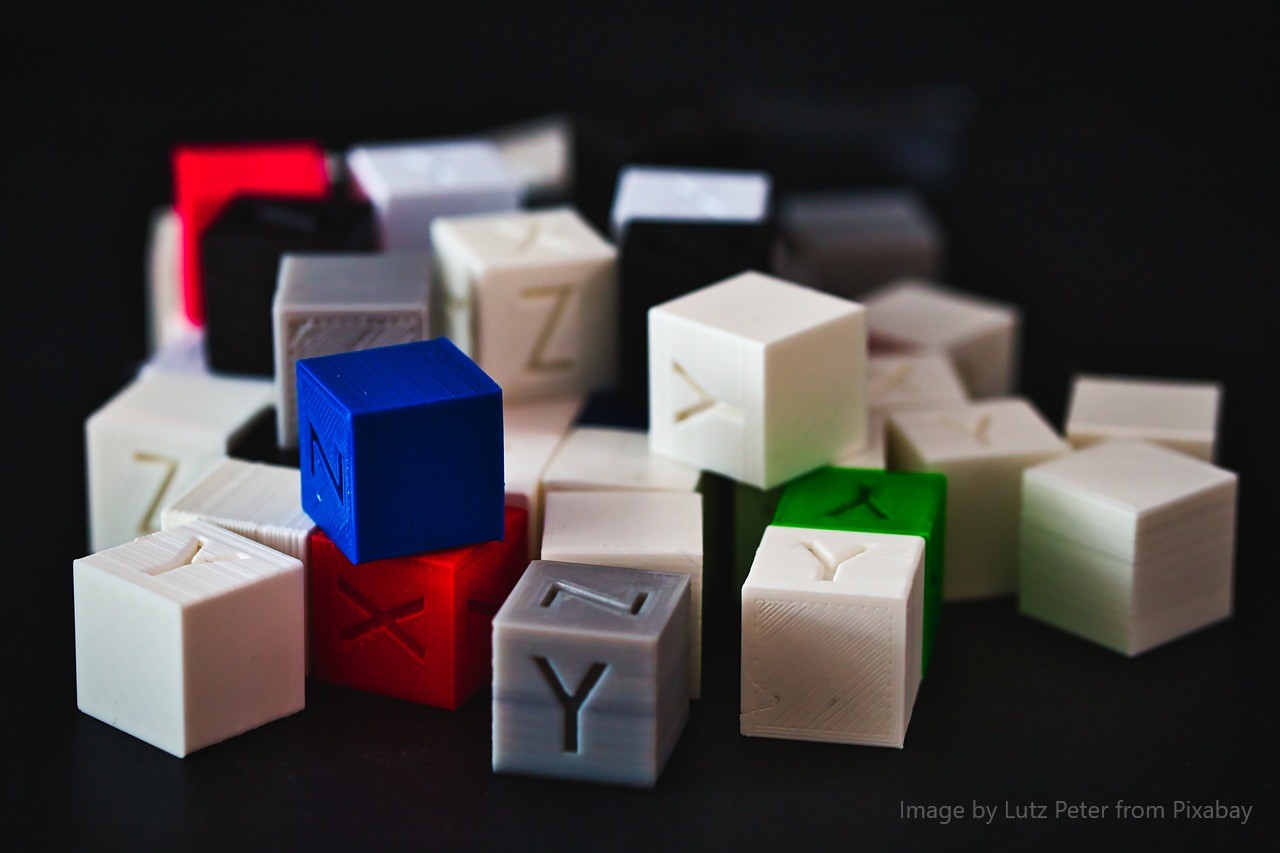
Eons ago, when I was in elementary school, we did a unit on fossils and their importance on understanding how prehistoric plants and animals lived. I was fascinated and for a brief moment in 4th grade, I wanted to be a paleontologist. I would stare at all of the pictures of the different fossils and dream about going on a true-blue dig and discover something cool like a fossil from a mammoth or saber tooth tiger. Of course, I never did become a paleontologist instead choosing to teach because that feeling of excitement when I learned something new was one I wanted all young learners to experience. But I do wonder if my teacher had the technology to make different fossils for closer study maybe I would have chosen the paleontology path.
Many moons later, 3D printers are being used in scores of classrooms to help learning come out of the textbook and into students’ hands literally. For those who are unfamiliar with how 3D printing works, it is the process of creating three-dimensional objects by adding layers of material (‘additive manufacturing’). While 3D printer technology was generally used in the construction, manufacturing, and medical fields, this tech is finding a niche in education. Instead of settling for book and paper learning, 3D printers allow teachers and students to conceptualize learning in a more tangible way.
The benefits to incorporating 3D printer technology include strengthening vital 21st century skills such as collaboration, communication, creativity, and critical thinking. These skills involve real-life applications that can improve daily life, their communities, and wider-reaching needs such as personal protection equipment for frontline healthcare workers. Imagine seeing students, K-12, talking about a problem that needs to be solved. For younger students, the problem could be a messy desk and creating a desk tray or school supplies container to keep things organized. For older students, the problem could be an animal that is missing limbs and designing a ‘wheelchair’ or scooter to help the animal become mobile. Within this process of concept to completion, students boost their critical thinking skills via testing theories and trial and error. Their confidence regarding their own learning, the ability to share and respect others’ ideas, and seeing STEM-related careers as possible grows.
Incorporating 3D printer technology also enhances other subject areas such as history, music, and P.E. For example, a history unit on medieval castles could include making a scale castle. Can you imagine that? Taking a virtual field trip of a castle, noting the different features, researching dimensions, then creating an entire CASTLE. Or maybe for music, after students have completed study on woodwind instruments, they make their own piccolos or recorders. They can even modify the design to create a stylized musical instrument.
Of course, all of these ideas are exciting and the desire to jump right in is there for quite a few ‘tech-confident’ teachers. But, what about those who see this tech as totally daunting (even scary)? There are education-focused tech companies that have developed lessons expressly for 3D printer technology. For example, Robo 3D printers come with access to 3D-Printable STEAM curriculum for K-12. These lessons, developed by MyStemKits, fully support Next Generation Science Standards (NGSS), include a Teacher guide, student assessments, and integrated 3D STEAM Design Challenges. The investment in a 3D printer will pay off with a STEM curriculum solution like this.
So, for those of you who once dreamed of a career in paleontology or engineering or any other STEM-related path but the motivation ‘just wasn’t there’, imagine what the students of today can do that we couldn’t. They truly have the potential to create the ‘next 3D’ technology that will be used in classrooms and beyond. Let’s give them that chance.
To view how teachers have used 3D printer tech in their classrooms, watch Teacher Testimonials – Robo and MyStemKits.
To learn more about Robo 3D printers and MyStemKits lessons, go to mimio.boxlight.com/robo.


